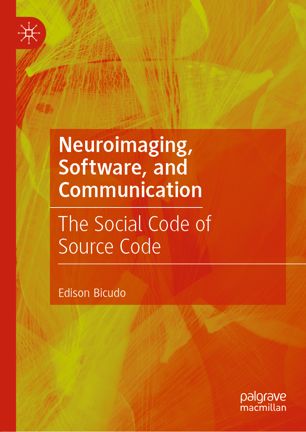

Most ebook files are in PDF format, so you can easily read them using various software such as Foxit Reader or directly on the Google Chrome browser.
Some ebook files are released by publishers in other formats such as .awz, .mobi, .epub, .fb2, etc. You may need to install specific software to read these formats on mobile/PC, such as Calibre.
Please read the tutorial at this link: https://ebookbell.com/faq
We offer FREE conversion to the popular formats you request; however, this may take some time. Therefore, right after payment, please email us, and we will try to provide the service as quickly as possible.
For some exceptional file formats or broken links (if any), please refrain from opening any disputes. Instead, email us first, and we will try to assist within a maximum of 6 hours.
EbookBell Team

4.7
96 reviewsThis book analyses the social contexts in which programmers design neuroimaging software used in brain studies. It shows that in the same way people engage in everyday communication, programmers are involved in a series of communicative processes to realize the negotiations and discussions generated by software development. In this way, highly technical activities such as computer code writing are also underpinned by values, preferences, and power relations.
At the same time, the book sheds new light on scientists’ increasing dependence on software. On the one hand, many scientific tasks can no longer be performed without the help of computational technologies. On the other hand, most scientists have only superficial computing knowledge. As a result, inequalities emerge whereby some scientists take the most strategic methodological decisions whereas other scientists can only rely on the technical help provided by user-friendly computer applications.